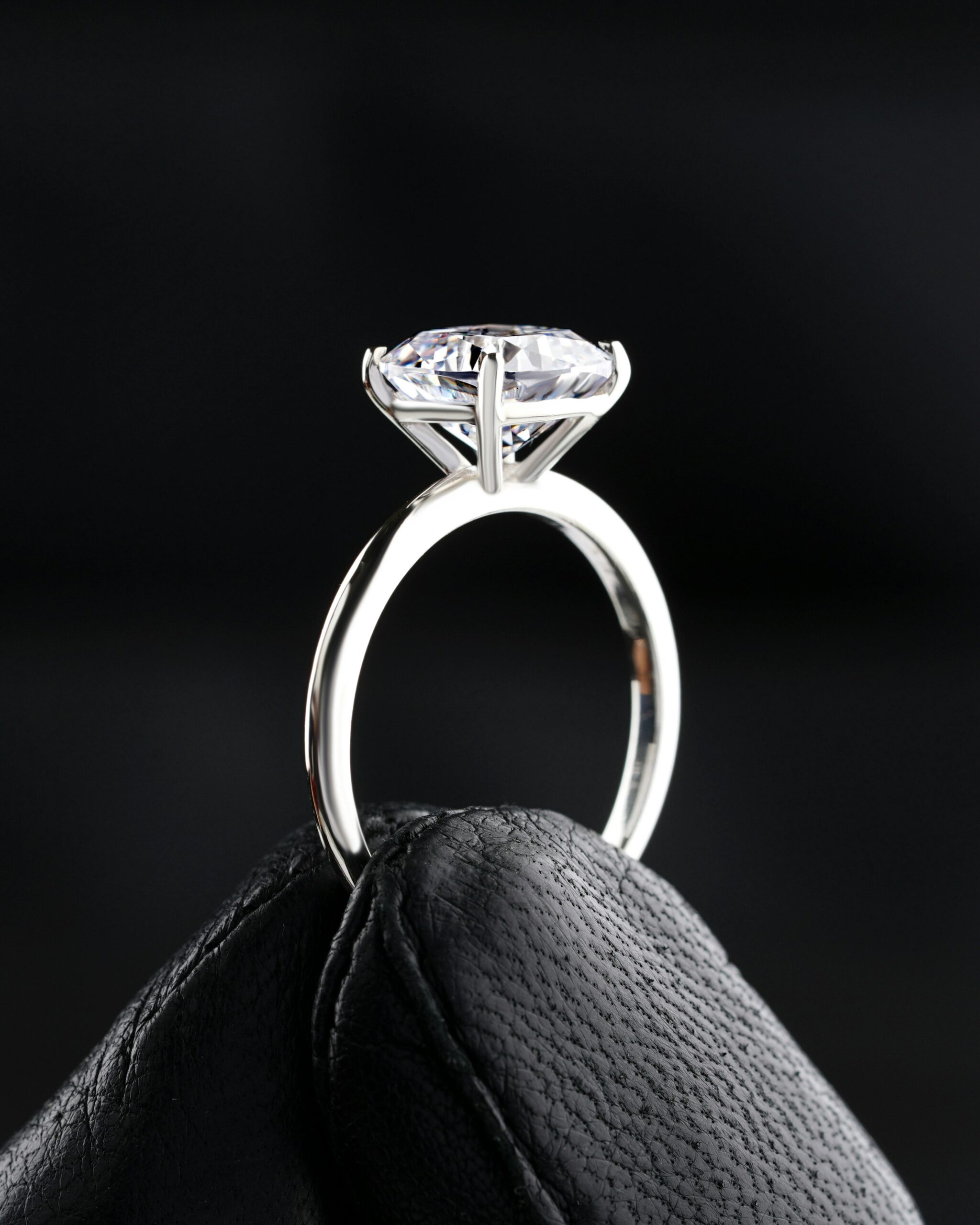The Ultimate Guide to Buying a Genuine Diamond Ring (“Vrai” Diamond Ring)
A diamond ring is more than just a piece of jewelry; it symbolizes love, commitment, celebration, and personal style. Whether you’re purchasing an engagement ring, a wedding band, or a special gift, ensuring that you buy a genuine (“vrai”) diamond ring is essential for making a meaningful and lasting investment. This guide will walk you through everything you need to know about buying authentic diamond rings, from understanding the 4 Cs to choosing reputable sellers and caring for your purchase.
Understanding What Makes a Diamond “Vrai” (Genuine)
When shopping for a diamond ring, the term “vrai” signifies that the diamond is real, natural, and of high quality. A genuine diamond is formed naturally over millions of years under the Earth’s crust, composed entirely of carbon, and exhibits specific physical and optical properties. Counterfeit or synthetic diamonds, such as cubic zirconia or lab-created diamonds, can resemble real diamonds but differ in chemical composition and durability.
To ensure you’re purchasing a “vrai” diamond, it’s crucial to understand the key characteristics that define a genuine stone and how to verify its authenticity.
The 4 Cs: The Foundation of a Genuine Diamond
The quality and value of a diamond are primarily assessed based on the 4 Cs—Cut, Color, Clarity, and Carat weight. These parameters help determine the diamond’s beauty, rarity, and price.
- Cut: The cut influences how a diamond reflects light, giving it brilliance and sparkle. A well-cut diamond will display optimal fire and scintillation.
- Color: Diamonds are graded on a scale from D (colorless) to Z (light yellow or brown). The less color a diamond has, the more valuable it is.
- Clarity: Clarity measures the presence of internal inclusions and external blemishes. The fewer inclusions, the higher the clarity grade.
- Carat: This measures the weight of the diamond. Larger diamonds are rarer and more expensive.
Certifications: Verifying Authenticity
One of the most reliable ways to confirm the authenticity of a diamond ring is through certification from reputable gemological laboratories. These certificates provide an unbiased assessment of the diamond’s quality and authenticity.
Some of the most recognized labs include:
- GIA (Gemological Institute of America): Known for strict grading standards.
- AGS (American Gem Society): Focuses on cut quality.
- EGL (European Gemological Laboratory): Provides grading reports, though standards may vary.
When purchasing a genuine diamond ring, always request the certification report to verify the diamond’s specifications. A certified diamond ensures transparency and reduces the risk of buying a fake or flawed stone.
Choosing a Reputable Seller
Buying a “vrai” diamond ring requires trustworthiness. Here are some tips for selecting a reputable retailer:
- Research and reviews: Look for sellers with positive customer feedback and reviews.
- Transparency: Reputable jewelers provide certification, clear pricing, and detailed information.
- Return policy: Ensure there’s a flexible return or exchange policy.
- Physical store vs. online: Both can be reliable; physical stores allow inspection, while online retailers often offer competitive prices if they have proper certifications.
- Brand reputation: Well-known brands or established jewelers tend to be more trustworthy.
Price Considerations
Genuine diamond rings can vary significantly in price based on the 4 Cs, metal choice, brand, and craftsmanship. It’s essential to set a budget but also to prioritize quality and certification. Remember, a higher-quality diamond will last generations and hold its value better.
Metal Choices and Setting
The metal used for the band complements the diamond and influences the overall appearance and durability of the ring. Popular options include:
- Platinum: Extremely durable, hypoallergenic, and has a natural white sheen.
- White Gold: More affordable, with a similar appearance to platinum but may require replating over time.
- Yellow Gold: Classic and warm, available in various karats (14k, 18k).
- Rose Gold: Trendy and romantic with a pink hue.
The setting enhances the diamond’s appearance and security. Common styles include solitaire, halo, pavé, and three-stone settings.
Additional Tips for Buying a Genuine Diamond Ring
- Inspect the diamond: If possible, examine the diamond in person under good lighting.
- Ask questions: Inquire about the origin, certification, and warranty.
- Understand return policies: Know the procedures if you’re unsatisfied.
- Consider insurance: Protect your investment with jewelry insurance.
Caring for Your “Vrai” Diamond Ring
Once you’ve purchased a genuine diamond ring, proper care ensures its longevity:
- Regular cleaning: Use mild soap and warm water or professional cleaning.
- Avoid harsh chemicals: Chemicals can damage the metal or affect the diamond’s appearance.
- Store properly: Keep your ring in a soft pouch or jewelry box.
- Routine inspections: Have a jeweler check the setting periodically to ensure the diamond is secure.
Conclusion
Buying a “vrai” diamond ring is a significant investment that combines emotional value and financial worth. By understanding the key factors—such as the 4 Cs, certification, reputable sellers, and proper care—you can confidently select a genuine diamond that will shine brightly for generations to come. Remember, patience and research are your best tools in making an informed purchase. Whether it’s an engagement, anniversary, or a special gift, a genuine diamond ring symbolizes enduring love and commitment—choose wisely and cherish it forever.
